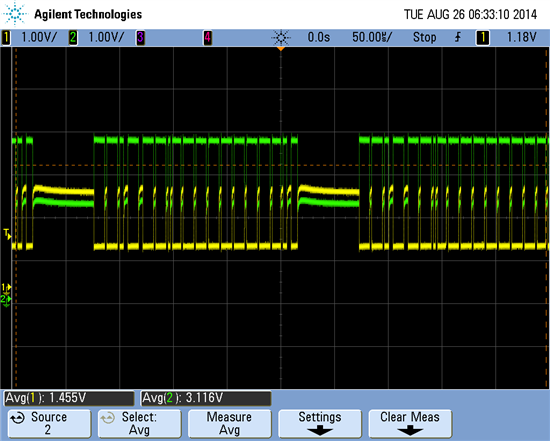i am trying to set up a CAN bus and I am having trouble understanding what CAN tx and CAN rx represent in terms of hooking up a cable. I am used to CAN high and CAN low. Currently, I only have probes hooked up to the CAN tx (CAN Low - red) and CAN rx (CAN High - blue) and I am not sure if I am receiving data or not. Is this correct?
-
Ask a related question
What is a related question?A related question is a question created from another question. When the related question is created, it will be automatically linked to the original question.


